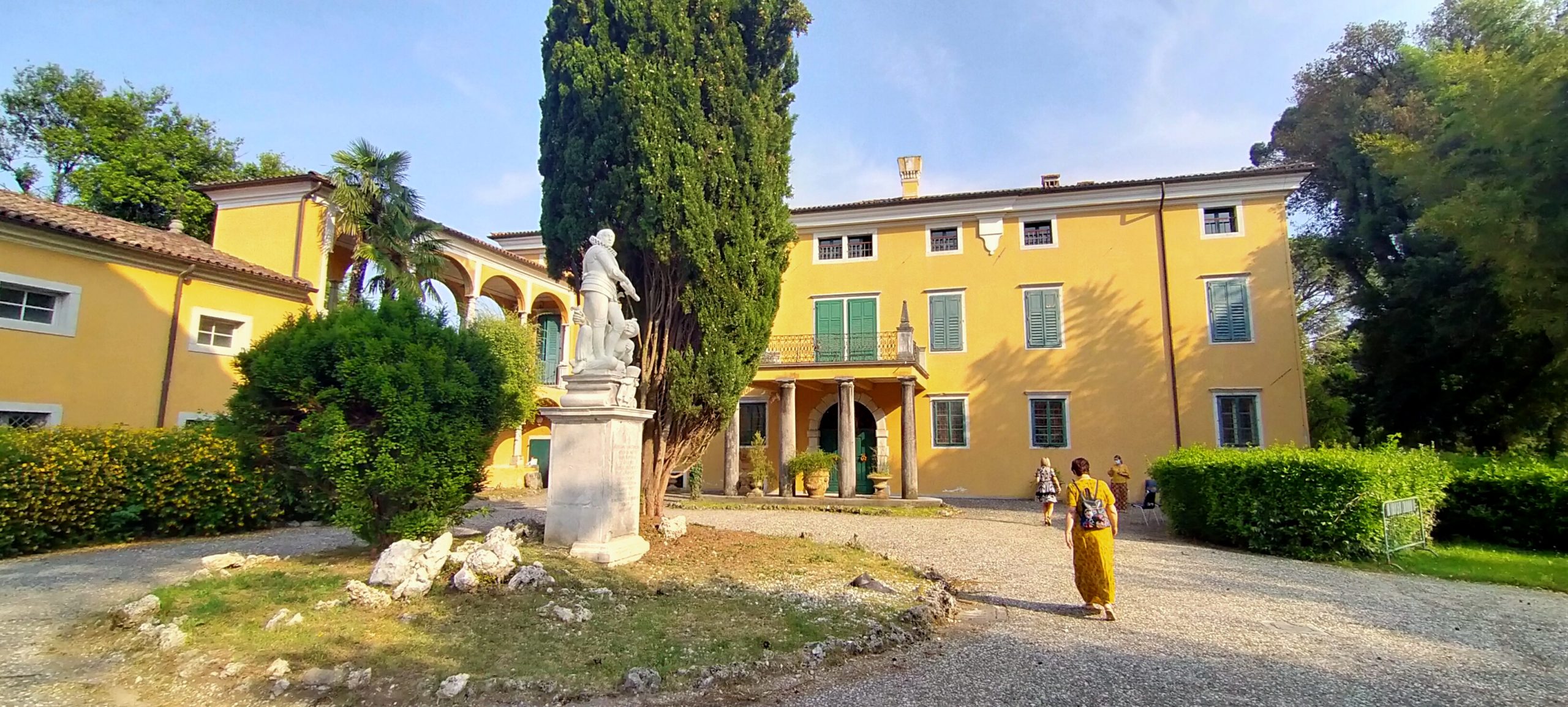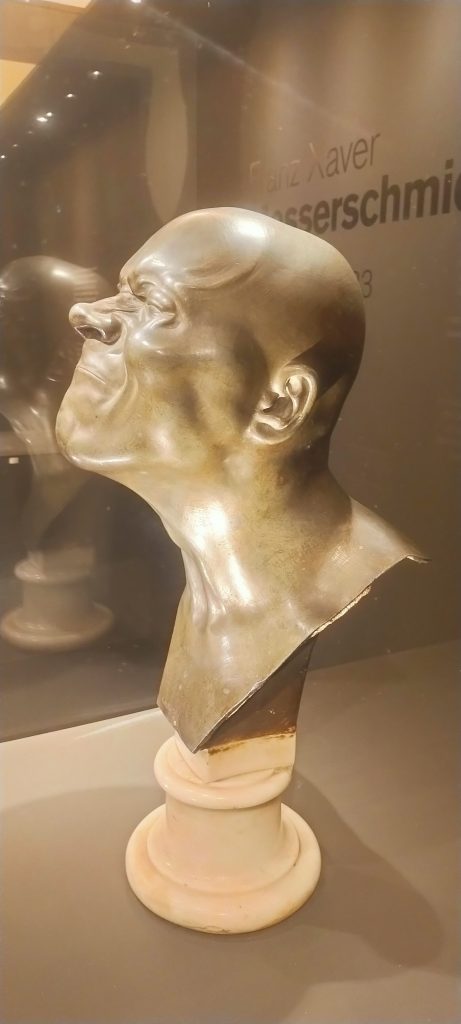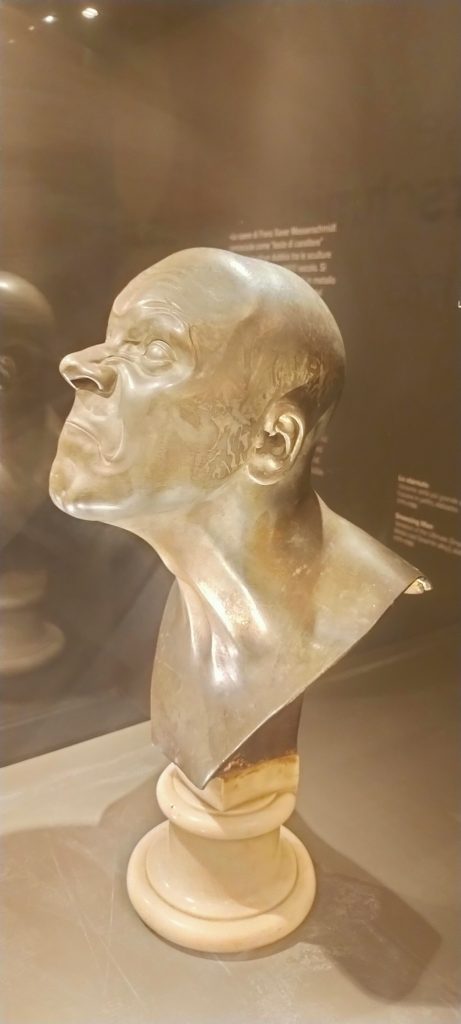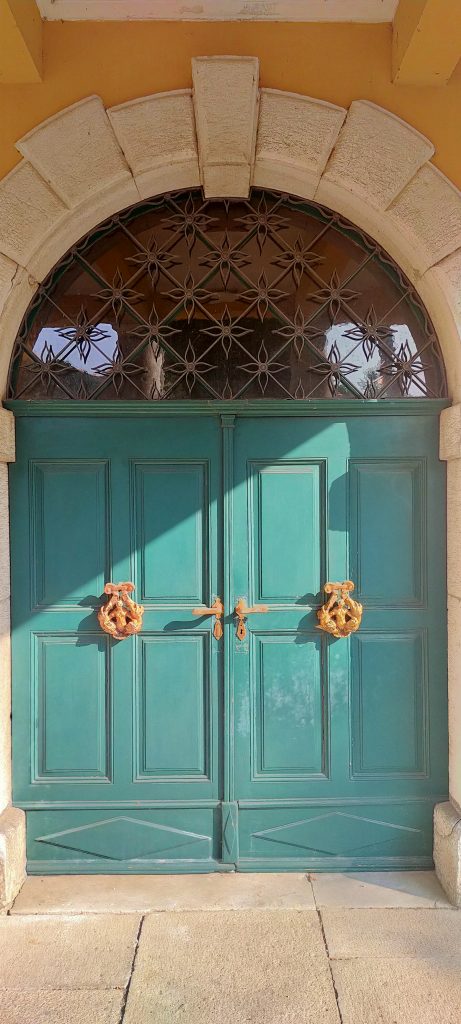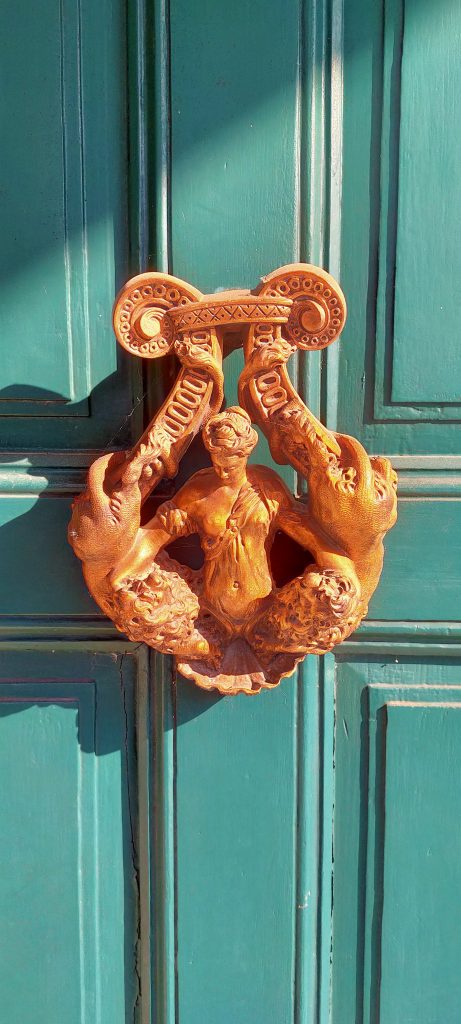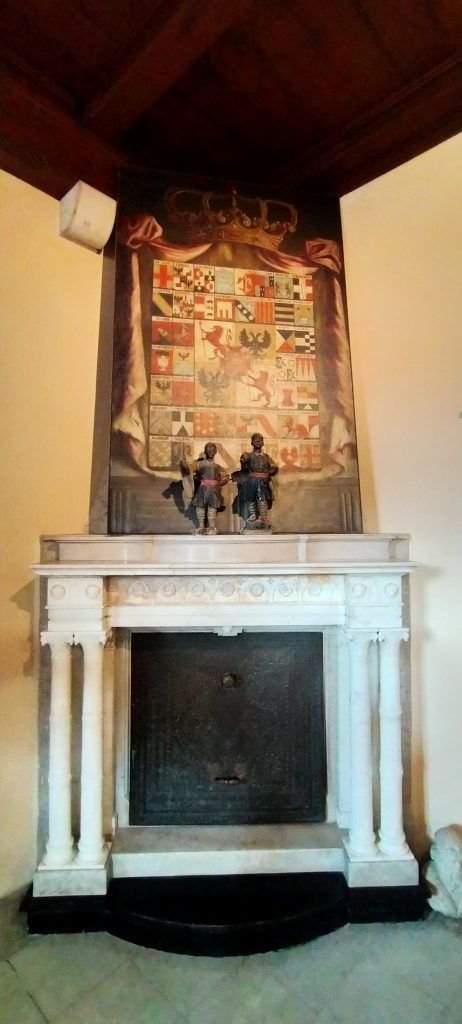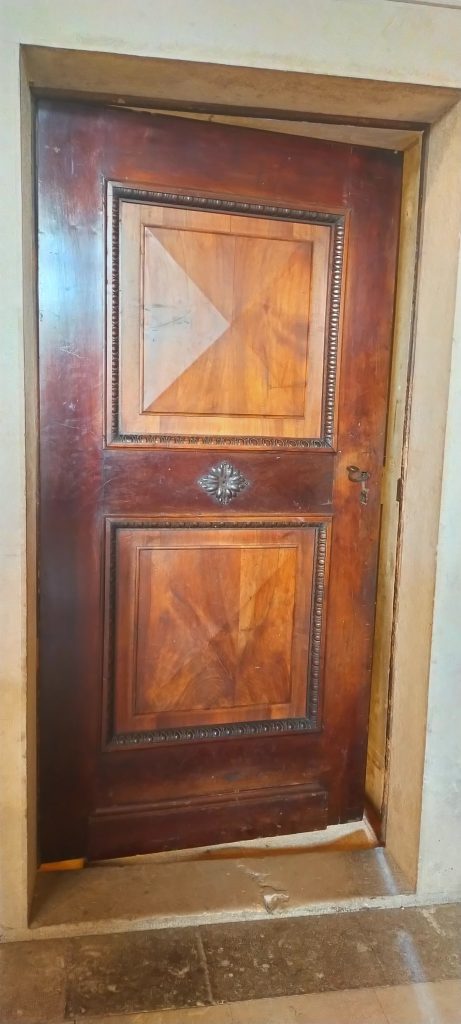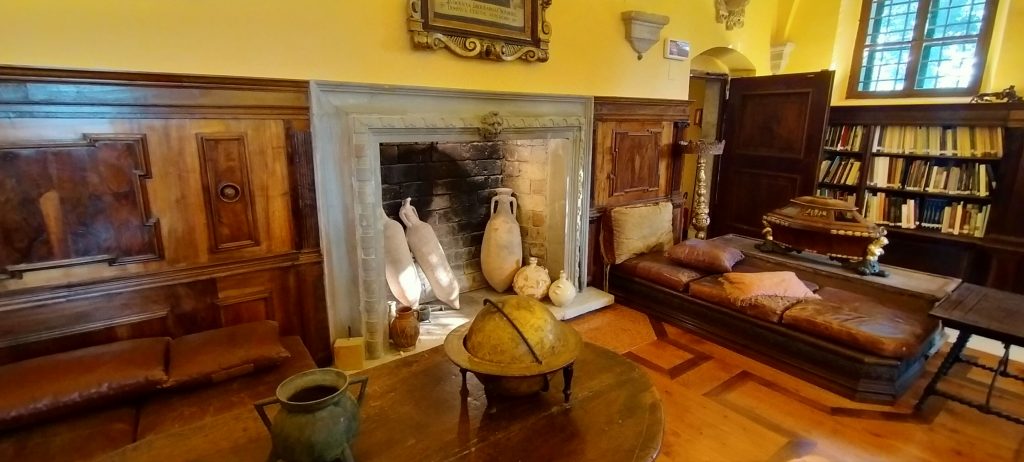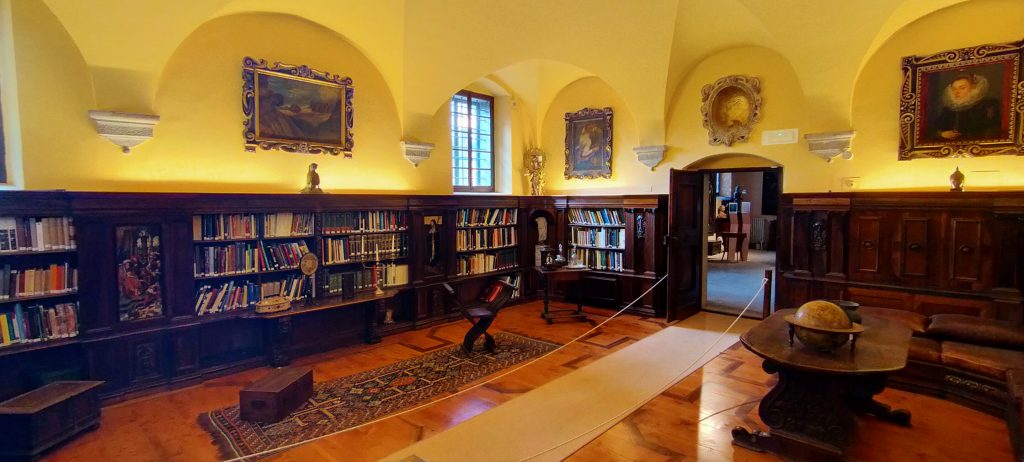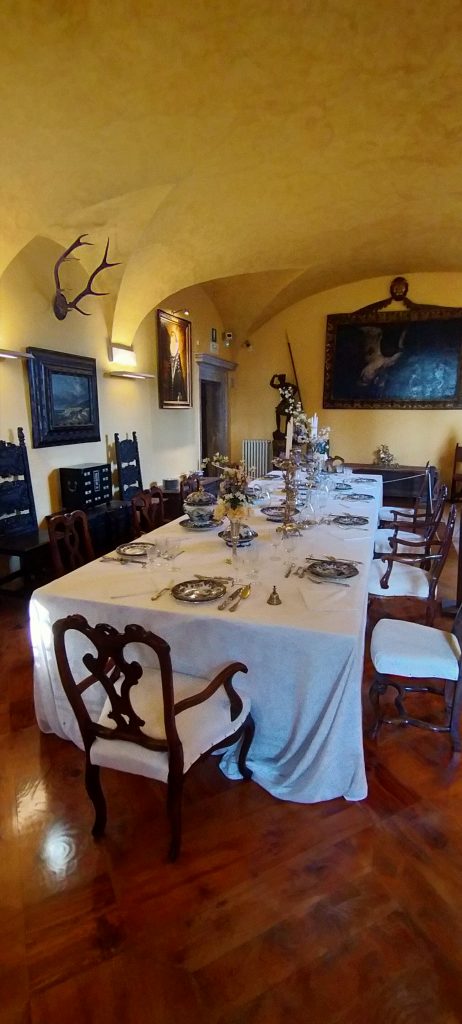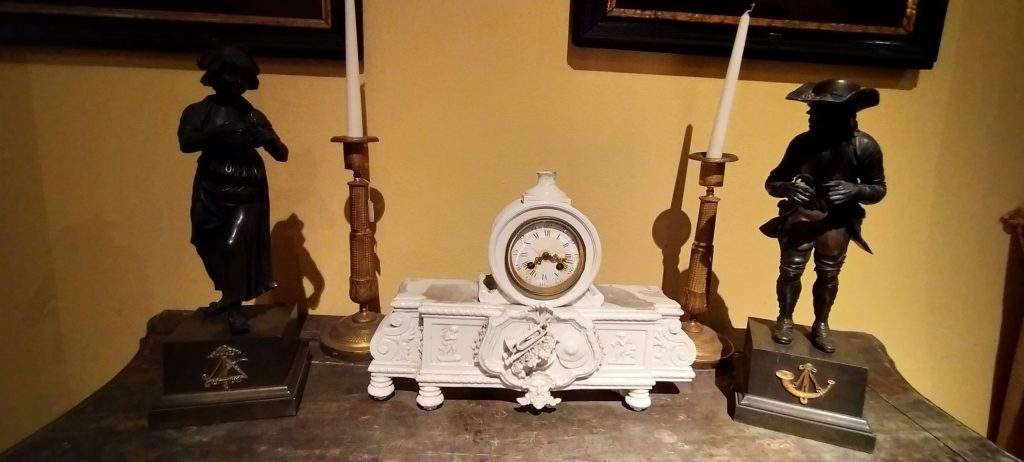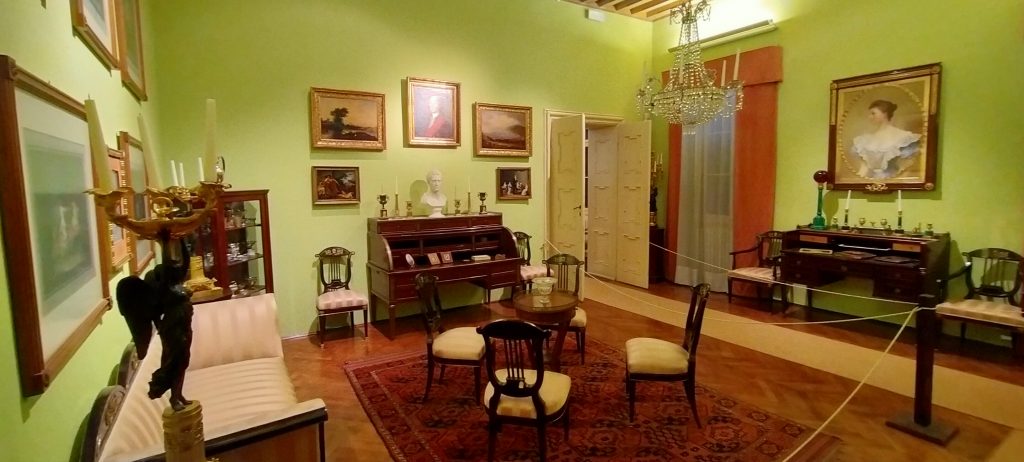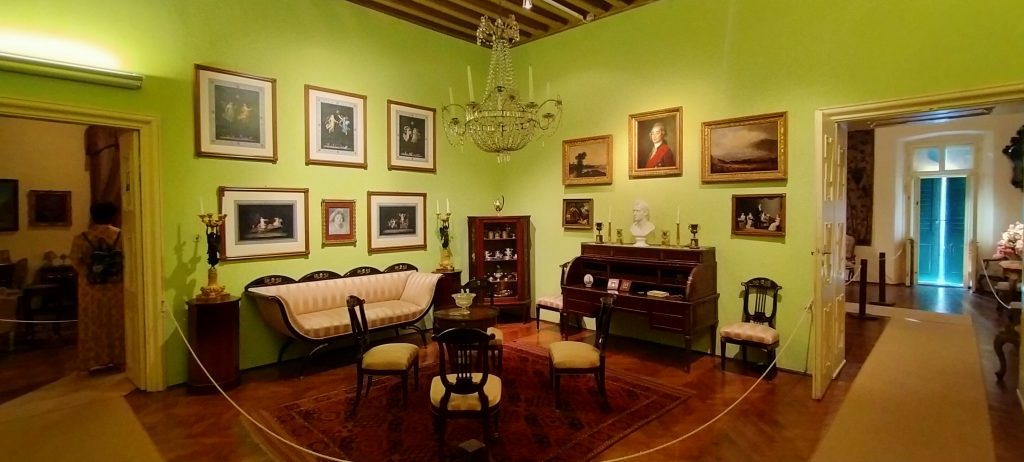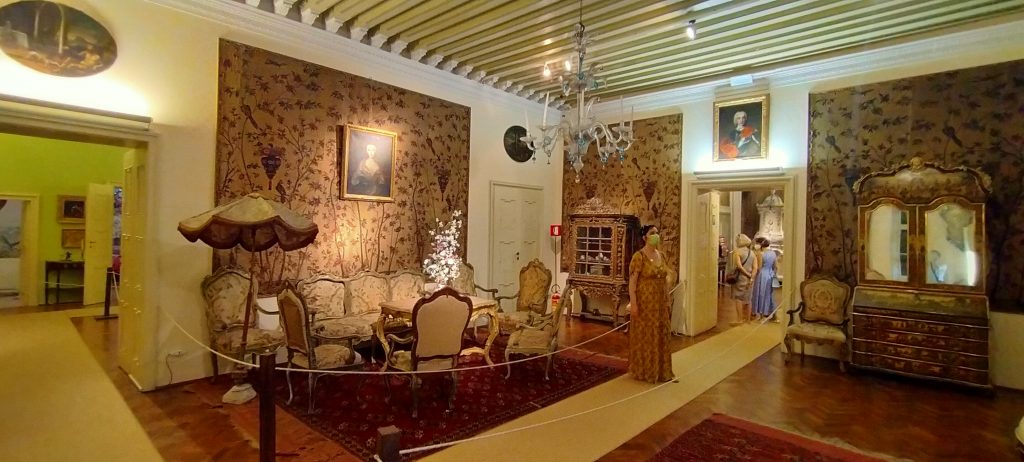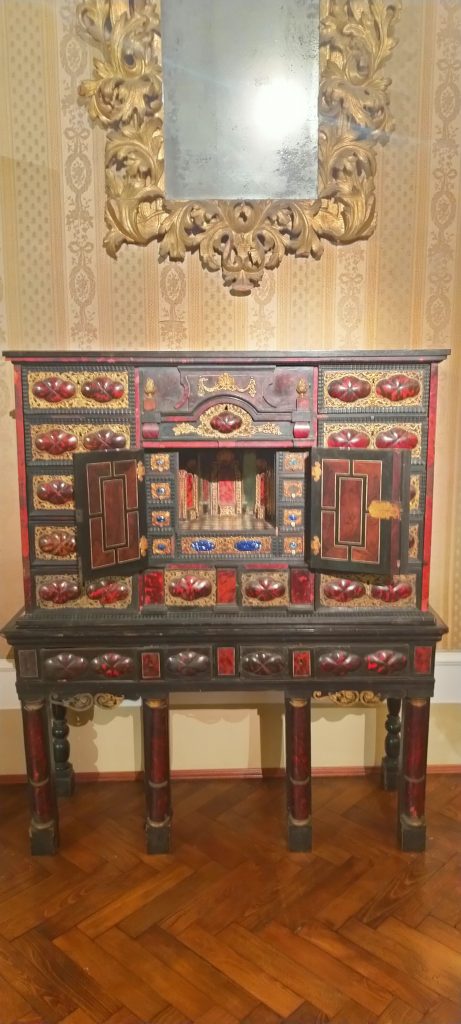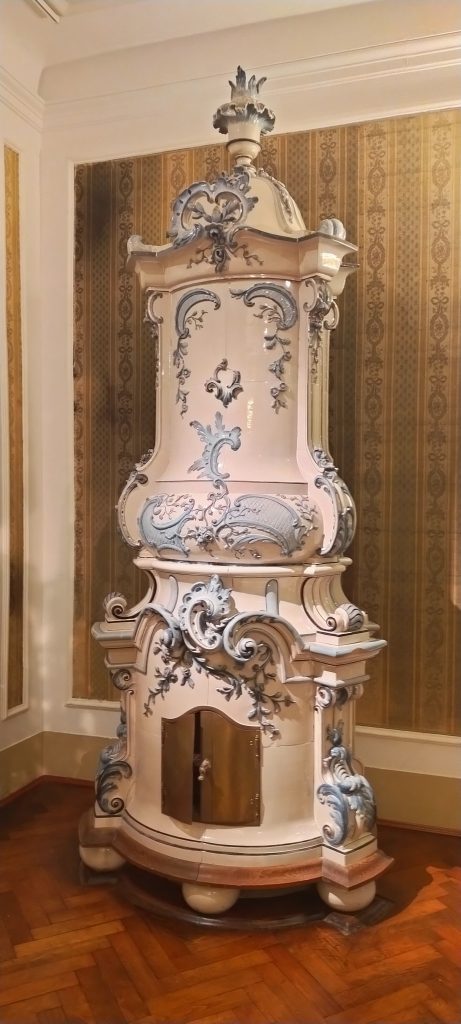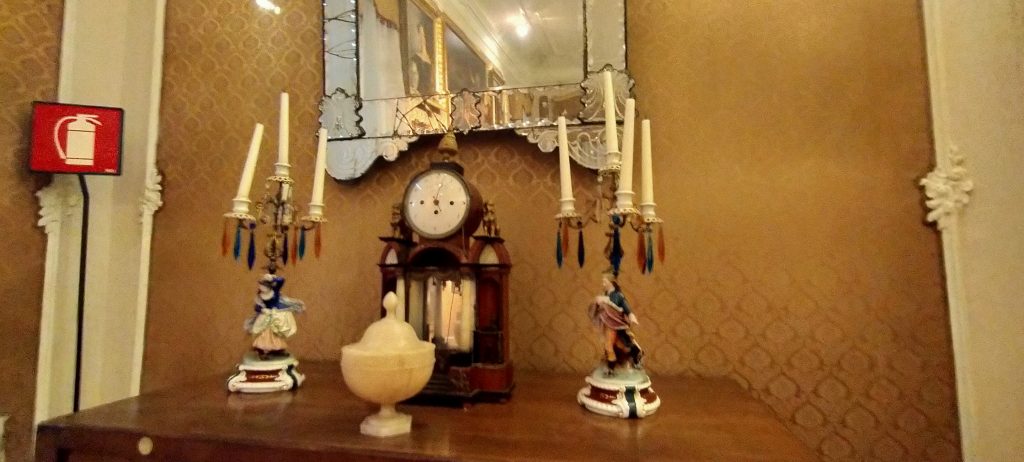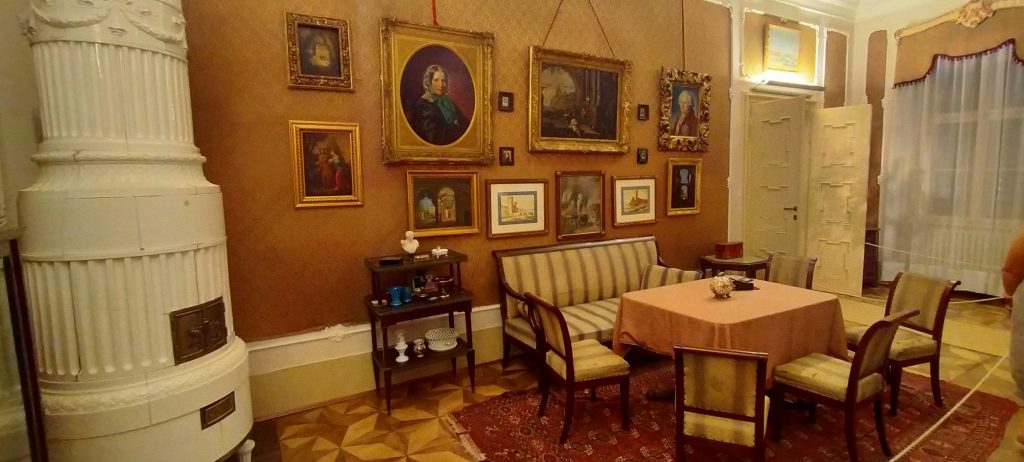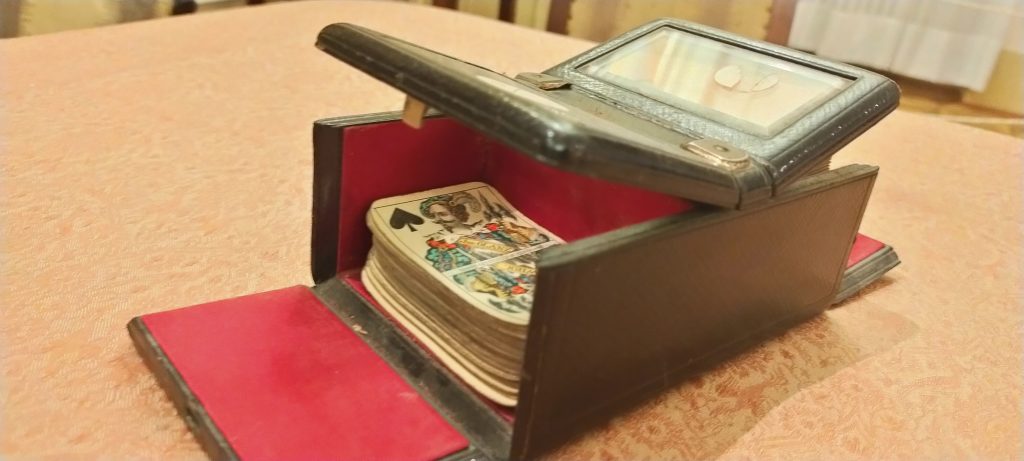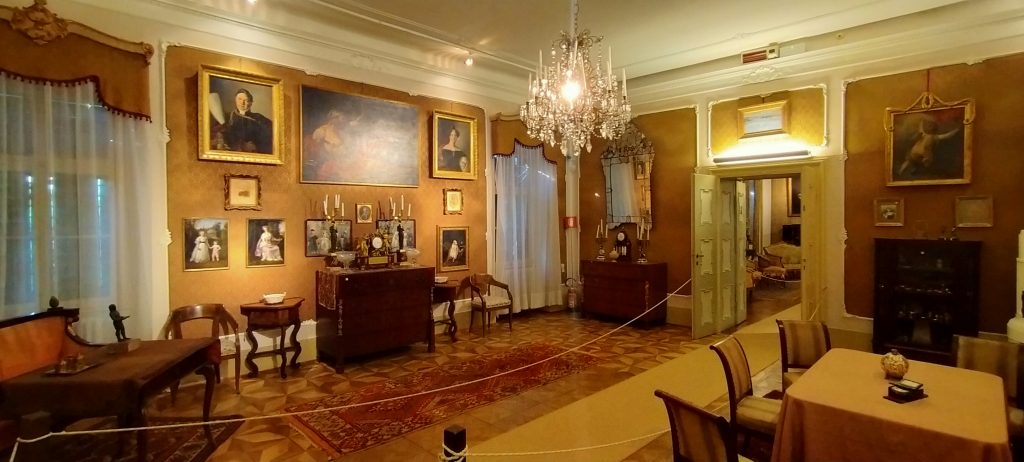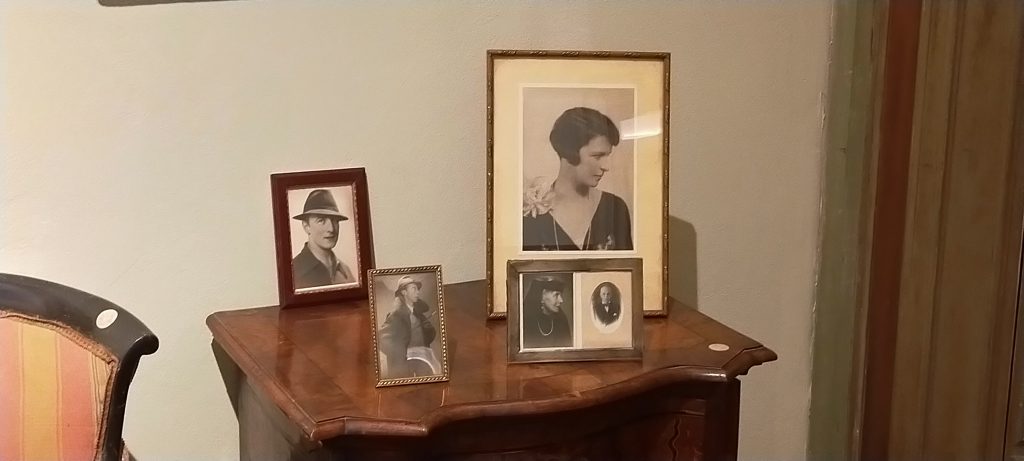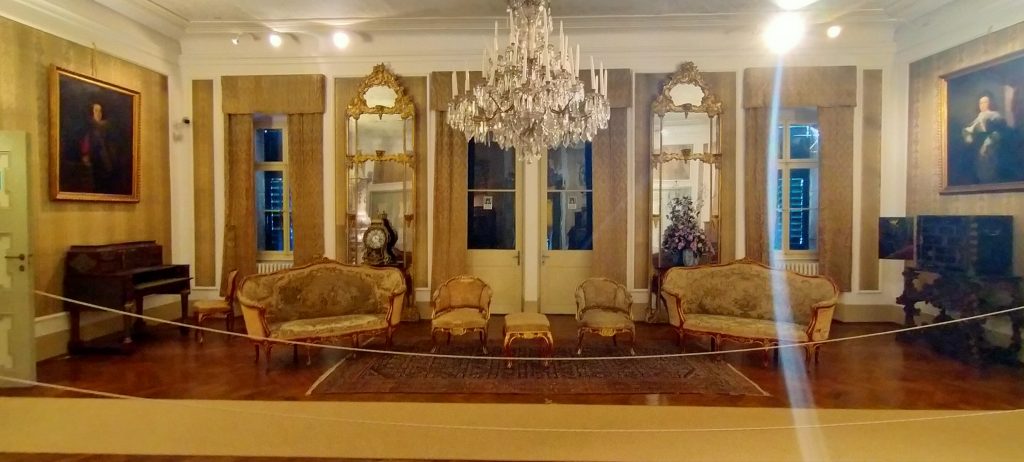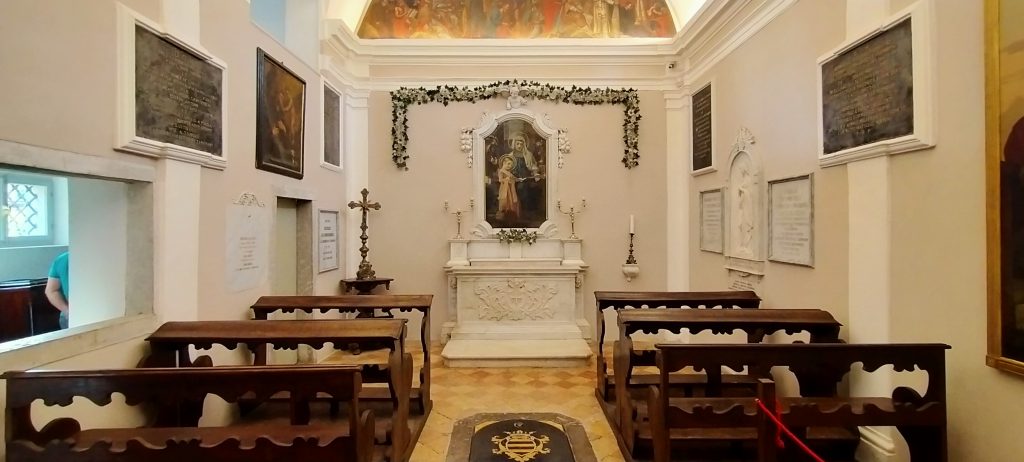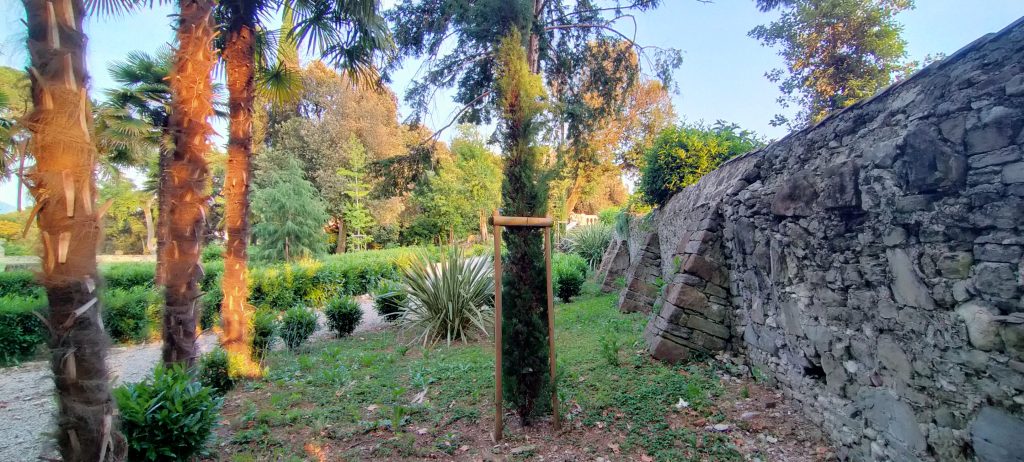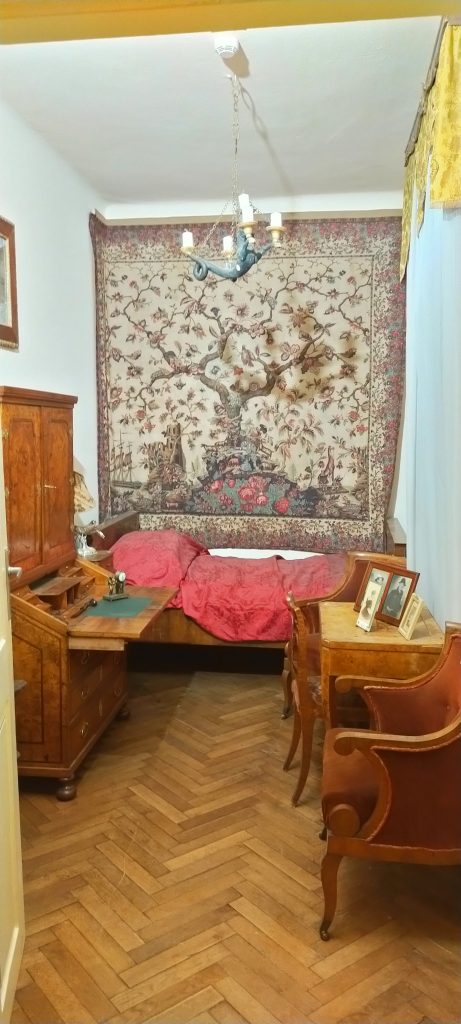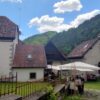The city of Gorizia, located in the eastern part of Friuli, for centuries has been considered an ideal place to stay or live thanks to the elegance of its buildings, the mild climate, the tranquility of life and its history.
Many important personalities have visited or lived in Gorizia in later times such as Charles X of Bourbon (last king of France), Carlo Rubbia (Nobel Prize for physics in 1984), Carlo Goldoni (playwright and writer), Tullio Crali (futurist painter) , Graziadio Isaia Ascoli (linguist, great scholar of the Friulian language), Ernest Hemingway (writer), Francesco Ferdinando d’Asburgo (heir to the throne of Austria).
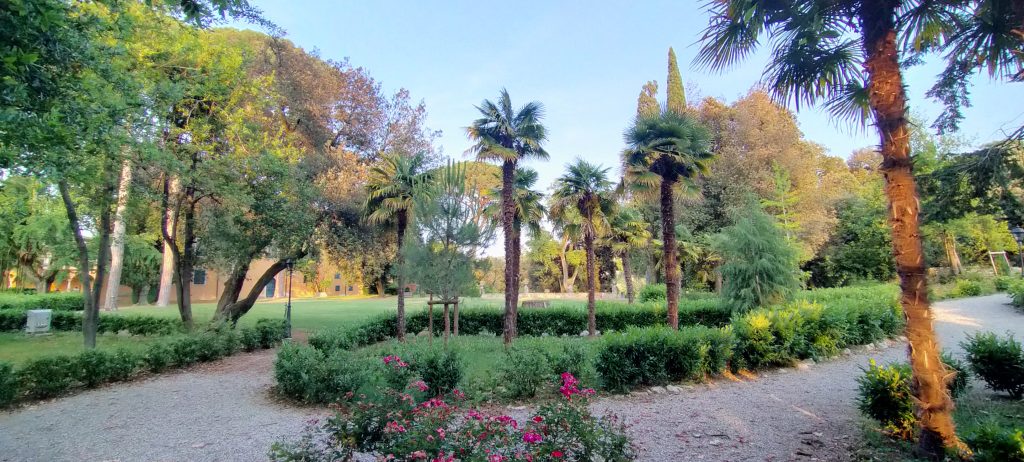
Among the various historic manors built in Gorizia is Palazzo Coronini Cronberg, a wonderful building with park located in the center of Gorizia. Its construction in the sixteenth century was requested by Carlo Zengraf, secretary of the Provincial States on behalf of the House of Austria, and provided for a construction similar to a stronghold: high walls along the perimeter of the park and massive building clearly visible from the various areas of Gorizia. Following economic hardship and the death of the original owner, the property was sold to the powerful Friulian family Strassoldo who intervened on the building to modify its appearance. In 1643 the chapel was built connected to the main body with an elegant loggia.
In the 17th and 18th centuries the stables and some buildings for agricultural use were added. The time of economic hardship also came for the Strassoldo family who were forced to give up the palace and the park. In 1820 the property passed to the Coronini Cronberg family, a noble family from Gorizia, who started a series of expansion and embellishment works on the building, including the construction of a new wing of the building.
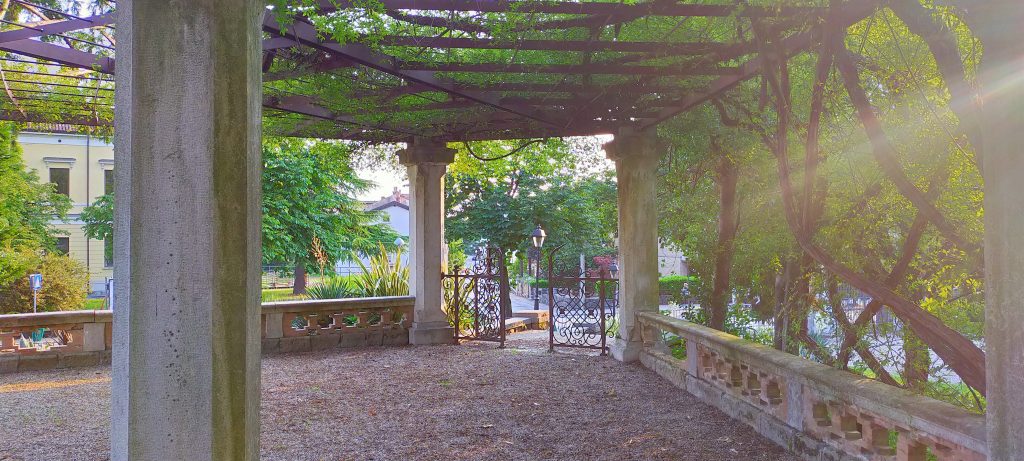
After a few years (1836) the last King of France Charles X of Bourbon, destined for exile in the current Czech Republic, decided to move to Gorizia in search of a healthier climate and found accommodation in the Coronini Cronberg palace. The staff following the King stayed in the Strassoldo palace in Piazza S. Antonio.
It was a very short stay as the King contracted cholera and after about a month he died here in Gorizia. The remains of the last King of France are kept in the church of the Annunciation of Our Lady in the monastery of Castagnevizza, on a hill in front of the castle of Gorizia (the monastery is now in Slovenian territory following the shifting of the borders of the Second World War ).
The twentieth century was very troubled for the palace as it suffered the bombings of two World wars. After the First World War it took four years to repair the damage inflicted by the artillery shells and various works will affect the property such as the construction of a swimming pool and the installation of a door (coming from the Villa Attems in Piedimonte del Calvario, destroyed during the first world war) along via XX Settembre.
After the Second World War, the Coronini family was finally able to regain possession of the building and place their residence there. Count Guglielmo, the last heir of the family and without successors, began to lay the foundations for the transformation of the building into a museum center which will take place in 1990, the year of his death.
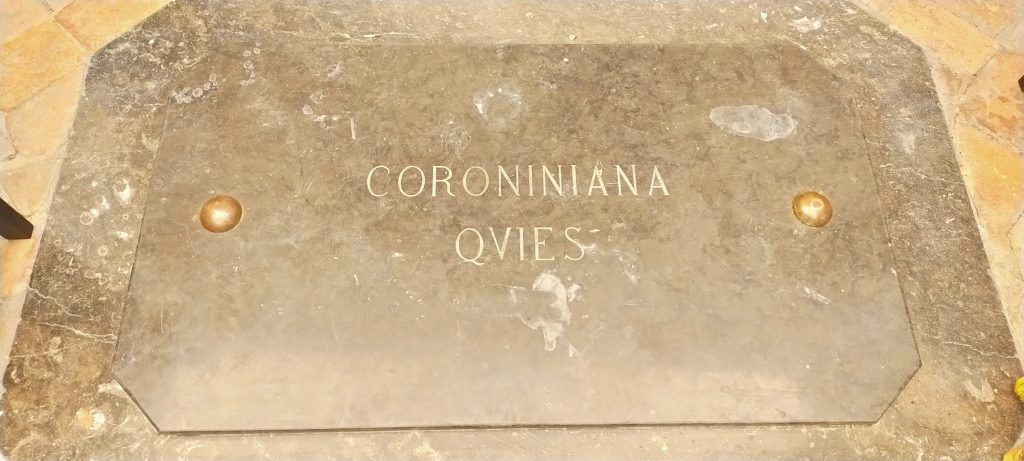
Currently the palace and the many properties of the Coronini Cronberg family are managed by the homonymous Foundation as per the will of the Count. A gift to the city of Gorizia that the Count wanted to make and for which the citizens are very grateful.
The interior of the building is a blast from the past, the rich and cultured one of noble families. The heritage of the Coronini Cromberg family is of immense value for the quality of the furniture, paintings, carpets, silver, watches, glass and porcelain. Paintings by authors such as Prospero Fontana, Martin van Meytens, Tullio Crali, Tranquillo Orsi, Vladimir L. Borovikovskij. There are ceramics from Bohemia, England, China and Japan. There are also late medieval majolica objects. Many jewels in the collection, mainly from the 18th to the 20th century, have belonged to the family and acquired over the years. The collection of coins (more than 2000 pieces) is vast with objects from antiquity up to the recent period. There are Roman coins (mainly from Aquileia), coins from the Gorizia County, coins from the Holy Roman Empire.
Inside the palace there are also two works by the artist Franz Xaver Messerschmidt (1736-1783). Two life-size heads belonging to the series called “character heads” comprising 49 pieces in total. The two sculptures depict the artist with a grimace, entitled “The man who looks at the sun” and “The sneeze”, and are the only ones present in Italy.
 The cities of Gorizia and the contiguous Slovenian city of Nova Gorica have been named “European Capital of Culture 2025”, an event that includes a full year-long calendar of events. The two cities and the surrounding area will be a destination for cultural tourism that will not fail to be satisfied: in addition to the events in the city, tourists can visit places such as Cividale del Friuli, Palmanova, Aquileia, Grado, Trieste, the Collio area.
The cities of Gorizia and the contiguous Slovenian city of Nova Gorica have been named “European Capital of Culture 2025”, an event that includes a full year-long calendar of events. The two cities and the surrounding area will be a destination for cultural tourism that will not fail to be satisfied: in addition to the events in the city, tourists can visit places such as Cividale del Friuli, Palmanova, Aquileia, Grado, Trieste, the Collio area.

